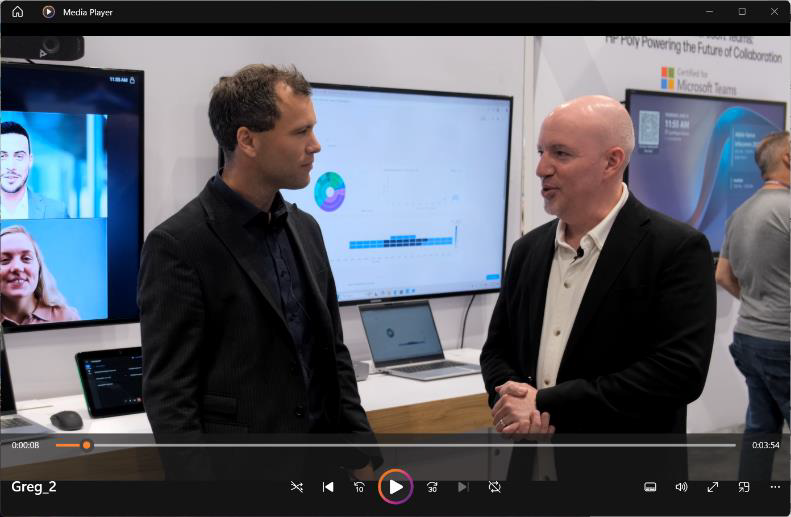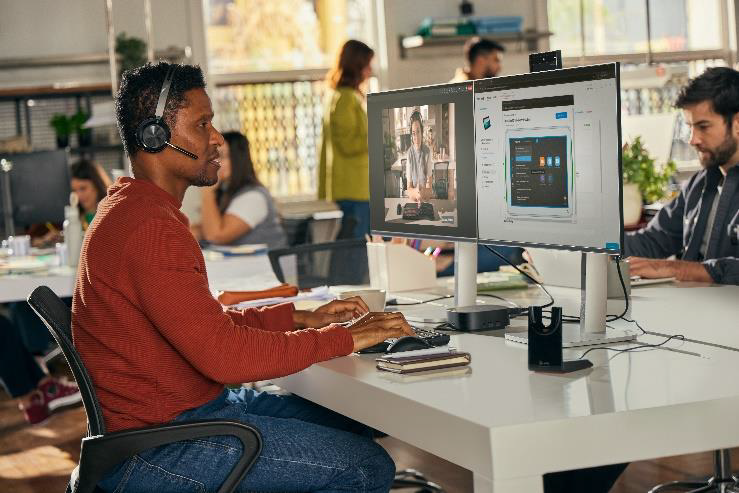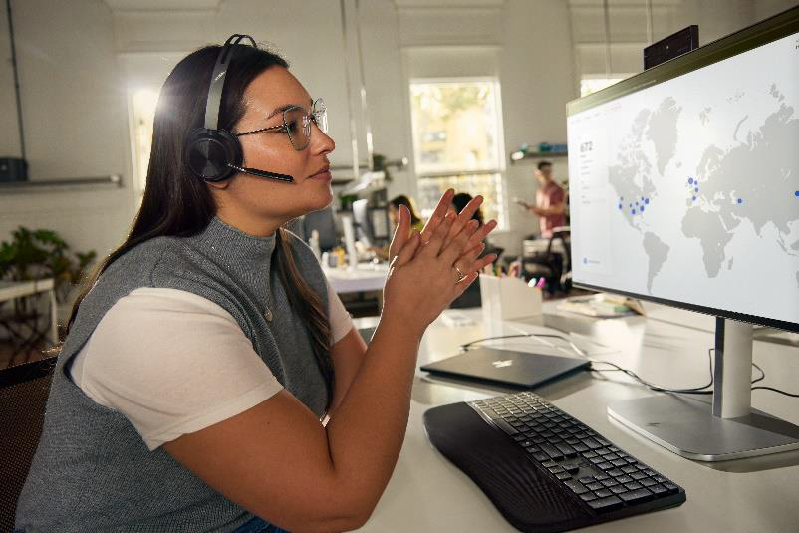Empowering IT Management Across Windows and Mac OS
Let’s be honest—managing a fleet of audio and video devices across your organization can be a challenge, especially as you balance hybrid work, diverse hardware or operating systems, and the ever-present need for security and up-to-date firmware. That’s where Poly Lens Desktop steps in, now with version 2.2.0 for Mac (and, of course, previously released support for Windows users). If you’re an IT buyer looking for a single pane of glass to cover device management, policy control, and troubleshooting, this release deserves your attention.
Seamless Device Support for Today’s (and Tomorrow’s) Hardware
One of the biggest headaches for enterprise IT teams is keeping up with new devices. Poly Lens Desktop 2.2.0 for Mac adds support for the latest Poly Studio video bars (V12/V52/V72), a fresh lineup of HP webcams, and next-gen Voyager audio devices—from the sleek Poly Voyager Free 20 to the versatile Legend 30/50 and Poly Voyager Office Base. Whether your teams are decked out in meeting rooms or working from their kitchen tables, Poly Lens keeps everyone connected and IT in control.
Device Management Just Got Easier: Bluetooth® Direct
Say goodbye to the hassle of USB dongles just to tweak settings or update firmware. With Bluetooth® direct, IT and end users can now manage devices like the Poly Voyager Legend 30/50, Free 20, Free 60 Series, Surround 80/85, Focus 2, and the Voyager 4300 Series—no extra adapters required. Native Bluetooth connections mean faster updates, easier customizations, and less downtime. It’s the kind of convenience IT and end-users can both appreciate.
Policy Management Built for Enterprise
Tired of chasing down users for device updates? Poly Lens Desktop introduces Immediate Update policy deployment—automatically downloading and installing firmware and app updates, hands-free. It’s a game changer for IT teams with hundreds (or thousands) of endpoints across Windows and Mac OS environments. Set your policies once and forget the manual interventions—Poly Lens takes care of the rest.
Remote Log Accessibility: Troubleshoot Like a Pro
When things go wrong, you need answers fast. Poly Lens Desktop now lets IT admins access and download logs from anywhere, making troubleshooting a breeze. No more waiting for end-users to send logs or decipher vague error messages, just swift, remote access to the data you need to keep your business running smoothly.
Additional Features to Make Life Easier
- Language Localization: With added support for Portuguese, Russian, and Spanish, it’s easier than ever to enable all users.
- Device Rename: Rename supported devices for better inventory tracking and user assignment.
- Advanced Settings: New options for conversation limiting and ANC/transparency modes on supported Voyager models.
The Bottom Line
Poly Lens Desktop isn’t just another device management tool—it’s an enterprise IT ally, built to simplify your life whether your users are on Windows or Mac. With new device coverage, smarter Bluetooth management, robust policy controls, and next-gen troubleshooting, it’s an investment in productivity and peace of mind.
Ready to level up your device management? Poly Lens Desktop 2.2.0 is ready for you—and so are your users. Download the latest from your private Lens account.



